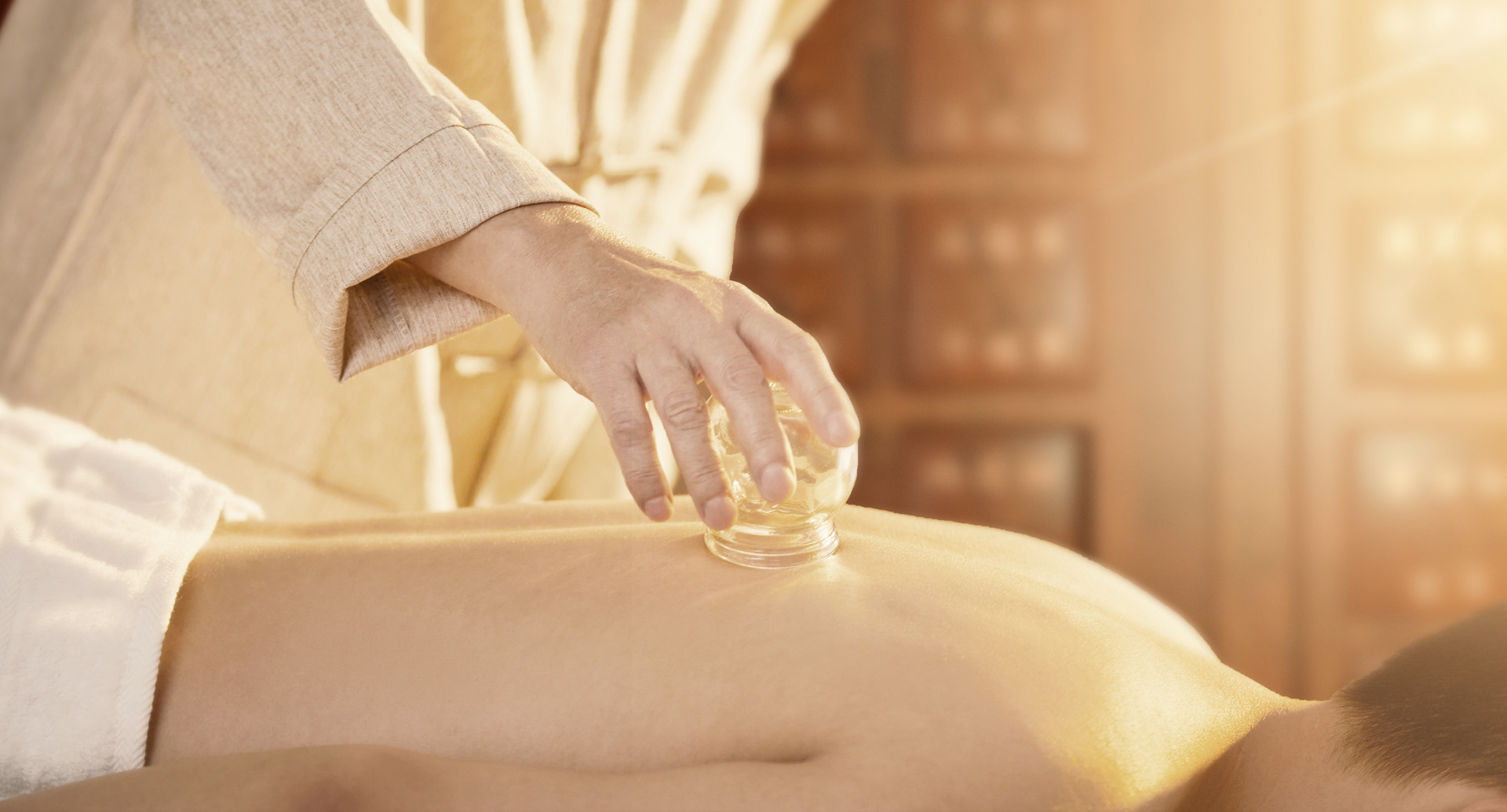Cupping is a traditional Chinese therapy commonly used to assist in treating diseases and promoting health. With the increasing awareness of body health among modern people, cupping has become a popular wellness practice, alongside drinking hot tea with wolfberries. What does it mean if the color left by cupping on the neck is black and purple? What is the reason for the dark purple color after cupping?
What does it mean if the color left by cupping on the neck is black and purple?
The black and purple color is caused by blockage of the meridians in the neck area and the heavy presence of damp and cold energy in the body.
As the saying goes, "Where there is pain, there is blockage." If the color left by cupping on the neck is black and purple, it means that the neck is often subjected to significant strain. The black and purple color indicates that the blockage of the meridians is severe. It is recommended to gradually engage in self-regulation and develop a regular cupping routine. Over time, the color left by cupping will gradually fade.
What is the reason for the dark purple color after cupping?
The dark purple color indicates stagnation of the meridians and poor circulation of qi and blood.
A black cupping mark usually suggests blood stasis in the body or insufficient blood supply to the internal organs. Women often experience menstrual pain and have symptoms such as sweaty hands and feet and cold limbs. They may also experience insomnia, frequent dreams, and emotional sensitivity. These individuals need to undergo long-term body regulation to expel cold energy, unblock the meridians, and restore their health.
Suggestion: If it has been a long time since the cupping marks disappeared, it is advisable to visit a regular hospital for a comprehensive physical examination and seek medical guidance for treatment or body regulation.
What should be done if the cupping marks are black and purple?
1. If the cupping marks are black and dark, indicating severe blockage of the meridians and possible menstrual pain or heart problems, it suggests that the body has excessive cold energy and requires long-term regulation.
2. If the cupping marks remain black and purple for a long time, it may indicate the presence of an underlying disease. It is best to visit a hospital for a comprehensive physical examination to prevent delaying the optimal treatment time.
3. If the body turns black and purple during cupping, it may be due to excessive damp and cold energy. In this case, specific body regulation to dispel dampness and drive away coldness is recommended.
Who should not undergo cupping?
Women during menstruation and pregnancy
Cupping is not recommended during menstruation as it can cause excessive qi and blood movement, leading to heavy menstrual flow or menstrual irregularities. Pregnant women are sensitive, especially in the waist and abdomen, and cupping may cause discomfort, including the risk of miscarriage.
People with skin conditions
People with skin allergies, skin damage, ulcers, eczema, and other skin conditions should avoid cupping as it may cause skin infections, blisters, and worsen ulcer symptoms.
People with serious illnesses
People with organ diseases such as emphysema, heart failure, and heart disease are not suitable for cupping as it may cause harm during negative pressure suction.
People with bone injuries
People with bone injuries should avoid cupping to prevent interference with the healing of the injured area. Cupping does not have a therapeutic effect on bone injuries. Additionally, individuals with acute joint sprains or ligament ruptures should not undergo cupping to avoid worsening the injury.
People who have just eaten
After a meal, blood in the body quickly flows to the liver to assist in food metabolism. At this time, cupping may cause blood and qi to be directed towards the cupping area, accelerating the blood supply to the heart and resulting in dizziness and discomfort.
Precautions and contraindications after cupping
Avoid taking a shower after cupping
After cupping, the body's pores are open. Taking a shower at this time can allow damp and cold energy to invade the body, causing colds or aggravating damp and cold conditions.
Avoid direct air conditioning after cupping
Many people tend to sit in front of the air conditioning as soon as they return home. After cupping, it is important to avoid direct exposure to air conditioning. The open pores can easily allow damp and cold energy to invade, leading to excessive coldness.












